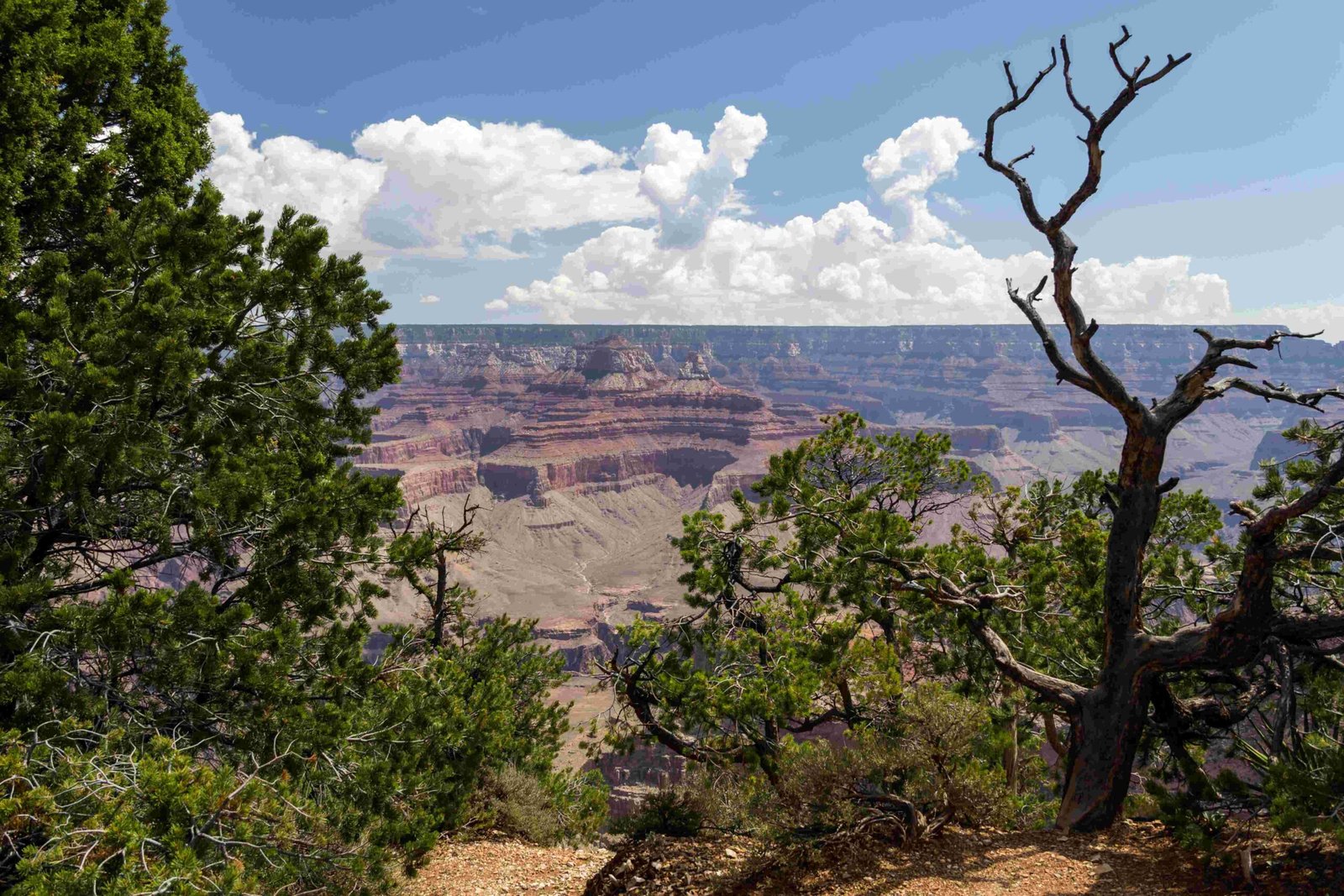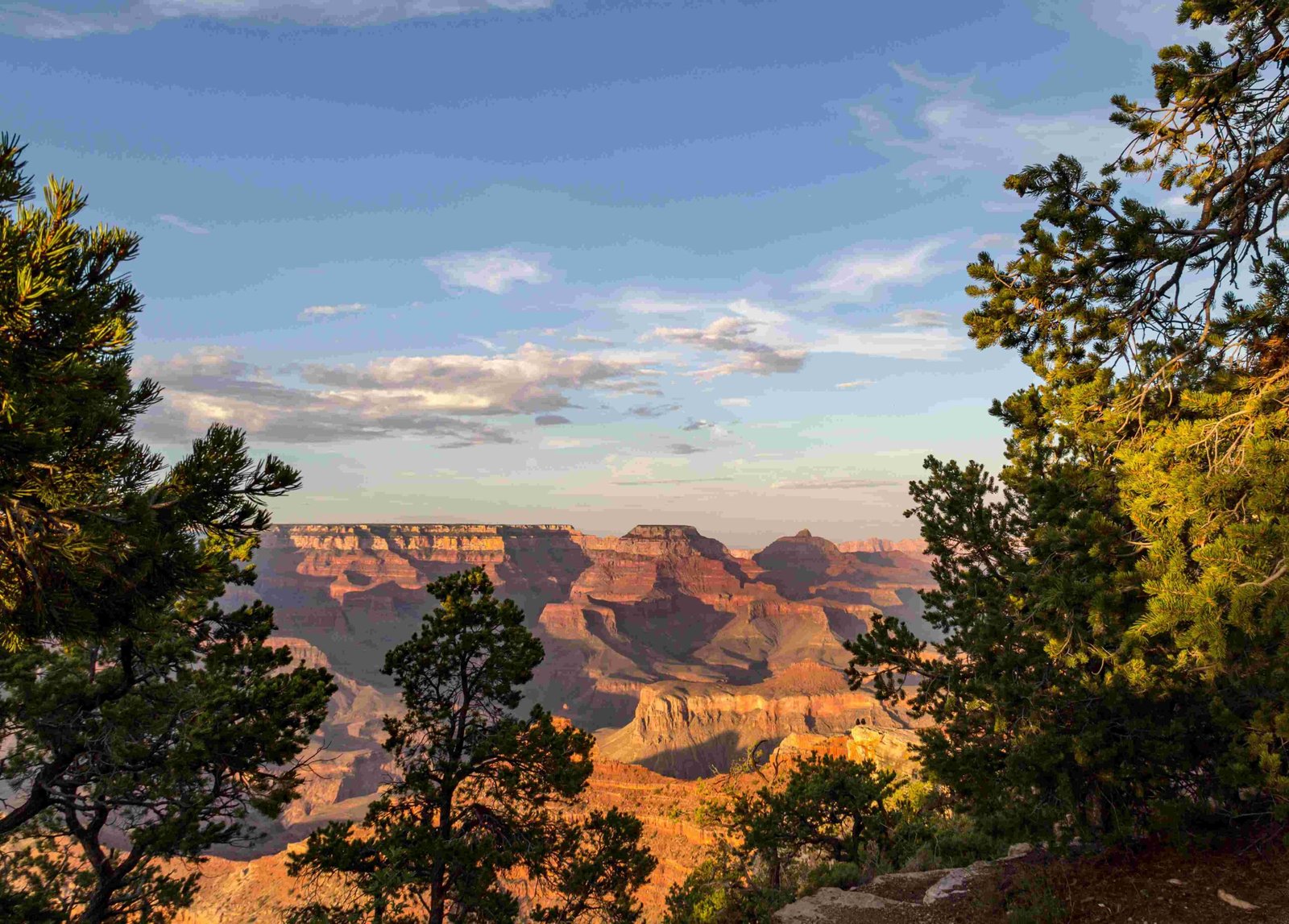The Grand Canyon’s hiking trails offer a diverse range of pathway widths, typically spanning between 2-4 feet across different terrains. These narrow yet meticulously maintained paths wind through challenging landscapes, providing hikers with breathtaking views while navigating steep canyon walls. Understanding the specific width characteristics becomes crucial for adventurers planning their canyon exploration.
What Makes Grand Canyon Trail Widths Unique?

Trail widths in the Grand Canyon are not uniform and depend on multiple geographical and geological factors. The pathways range from compact 2-foot sections to more expansive 4-foot trails, each presenting unique hiking challenges and scenic experiences.
How Do South Rim Trail Widths Vary?
| Trail Name | Average Width | Terrain Characteristics |
|---|---|---|
| Bright Angel Trail | 3-4 feet | Well-maintained, multiple resthouses |
| South Kaibab Trail | 2-3 feet | Steeper, more rugged sections |
The South Rim trails demonstrate significant variation in pathway dimensions. The Bright Angel Trail, arguably the most popular route, maintains a consistent 3-4 foot width, allowing comfortable passage for hikers and occasional mule trains.
What Determines North Rim Trail Dimensions?
North Rim trails present more challenging and variable pathway widths. The North Kaibab Trail, the primary route on this less-visited rim, averages approximately 3 feet wide but can narrow dramatically in certain sections.
Factors Influencing Trail Width
- Geological terrain
- Rock formation stability
- Historical trail maintenance
- Elevation changes
- Natural erosion patterns
Why Do Trail Widths Matter for Hikers?
Pathway width directly impacts:
– Hiking difficulty
– Safety considerations
– Potential bottleneck points
– Comfort during traversal
– Navigation complexity
How Do Seasonal Changes Affect Trail Dimensions?
Seasonal variations can subtly alter trail widths through:
1. Erosion during monsoon seasons
2. Rock slides and natural landscape shifts
3. Maintenance and repair work
4. Vegetation growth and reclamation
What Safety Precautions Should Hikers Consider?
- Wear appropriate hiking boots
- Carry sufficient water
- Use trekking poles for balance
- Understand personal fitness limitations
- Check current trail conditions before hiking
Expert Hiking Recommendations

Experienced Grand Canyon hikers recommend:
– Start with shorter, well-maintained trails
– Always check current trail conditions
– Understand personal physical limitations
– Carry emergency communication devices
– Follow marked trail guidelines strictly
Technical Trail Width Specifications
- Minimum recommended width: 2 feet
- Maximum comfortable width: 4 feet
- Average trail width range: 2.5-3.5 feet
- Recommended clearance for safe passage: Minimum 24 inches
Conclusion
Understanding pathway widths helps hikers prepare for Grand Canyon trail experiences. Each trail offers unique challenges and breathtaking views, making width an essential consideration for safe and enjoyable exploration.

